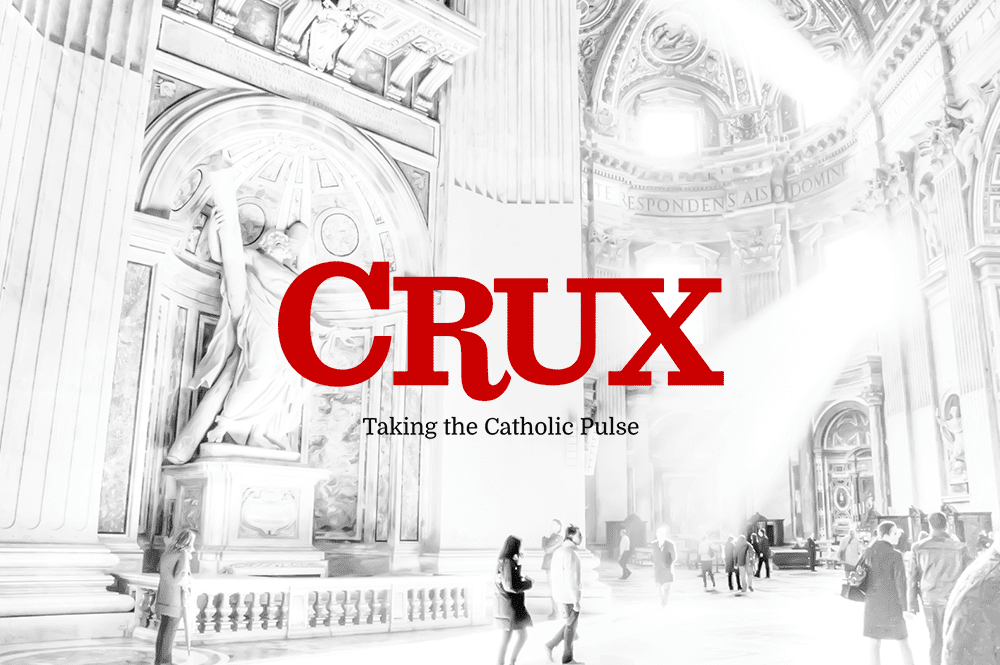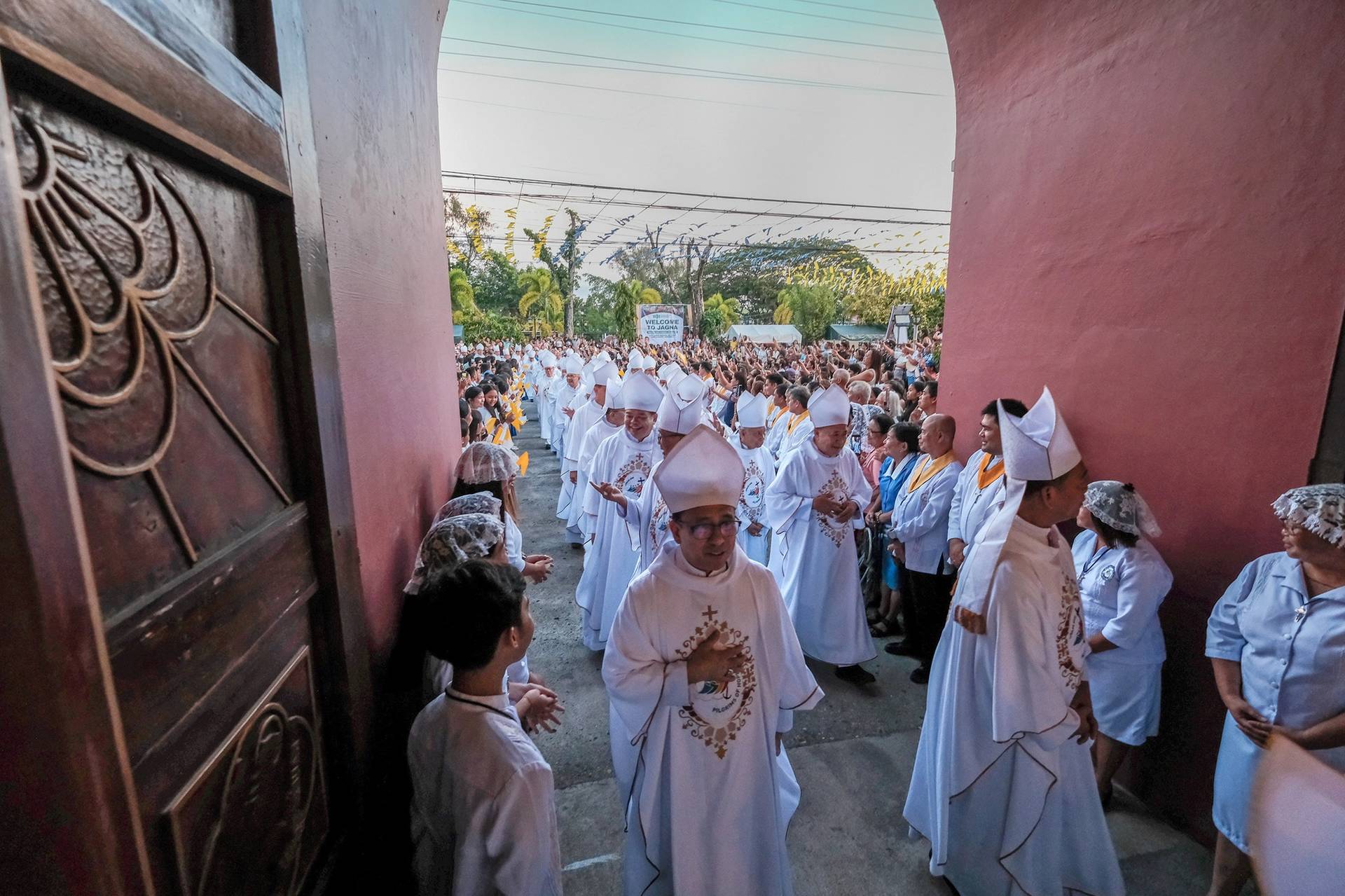Jesuits in North America just got a bit more cozy.
The Jesuits announced major changes today in how they organize themselves, with the New England and New York provinces merged into the USA Northeast Province, and Jesuits in the United States and Canada now housed under one umbrella, the Jesuit Conference of Canada and the United States, based in Washington, DC.
The changes are the latest in a 10-year process to be completed in 2020 designed to respond to the declining numbers of Jesuits by reducing the number of US provinces from 10 to four. Like other Catholic entities, Jesuits have been hit hard by claims of clergy sexual abuse, settling for a record $166 million with 460 victims in 2011.
“We are right-sizing the provinces for the needs of today,” the Rev. Timothy P. Kesicki, president of the Jesuit conference, told Crux. More than 10,000 Jesuits once ministered in the US at the order’s peak in the 1950s, but today there are just 2,200. Even with that decline, Kesicki said US Jesuits “have more ministries in the US than we did 50 years ago,” in part because of an emphasis on lay partnerships.
“The Jesuits have taken a very active role in forming lay partnerships. It’s always worth remembering that the Spiritual Exercises aren’t just for Jesuits,” he said.
By 2020, US Jesuits will be grouped in provinces: East Coast, Midwest, South, and West Coast. In July, provinces in Missouri and New Orleans were merged into the Jesuits USA Central and Southern Province. Today, the province in Puerto Rico was added to that province.
Kesicki said most Catholics will not see much of a difference.
“I would suspect most students wouldn’t know that [Jesuit-run] Boston College or Boston College High are in the New England province,” he said. “Most students at Fordham wouldn’t know there is a New York province. Provinces aren’t as identified as an archdiocese.”
Still, for some Jesuits, the mergers are bittersweet.
On his Facebook page, the Rev. James Martin, a Jesuit writer and speaker based in New York but housed in the former New England province, wrote that although he is “proud” to be in the new province, “there is not a little sadness in the merger for me.”
Recalling his entry into the Jesuit order in Boston, he wrote, “I even associate that distinctively broad New England accent with Jesuit spirituality. For that was the language that first taught me about St. Ignatius Loyola, the Spiritual Exercises and all the rest.”
Founded in 1540 by St. Ignatius of Loyola, the Jesuits number 17,000 worldwide today, down from a high of 60,000 in the 1960s. The number of men entering Catholicism’s largest religious order, known primarily for its ministry in education, has dropped precipitously in Europe and North America, and to a lesser degree in Latin America, though there are gains in Asia and Africa.
In the US, Jesuits run 30 colleges and universities, as well as dozens of high schools, parishes, retreat centers, and ministries serving the poor.
Kisicki said the changes in structure are designed to ensure that those ministries continue.
“We always have to be free to respond to the peripheries,” he said. “All of this frees us to respond to the needs of the Church and the people of God.”















